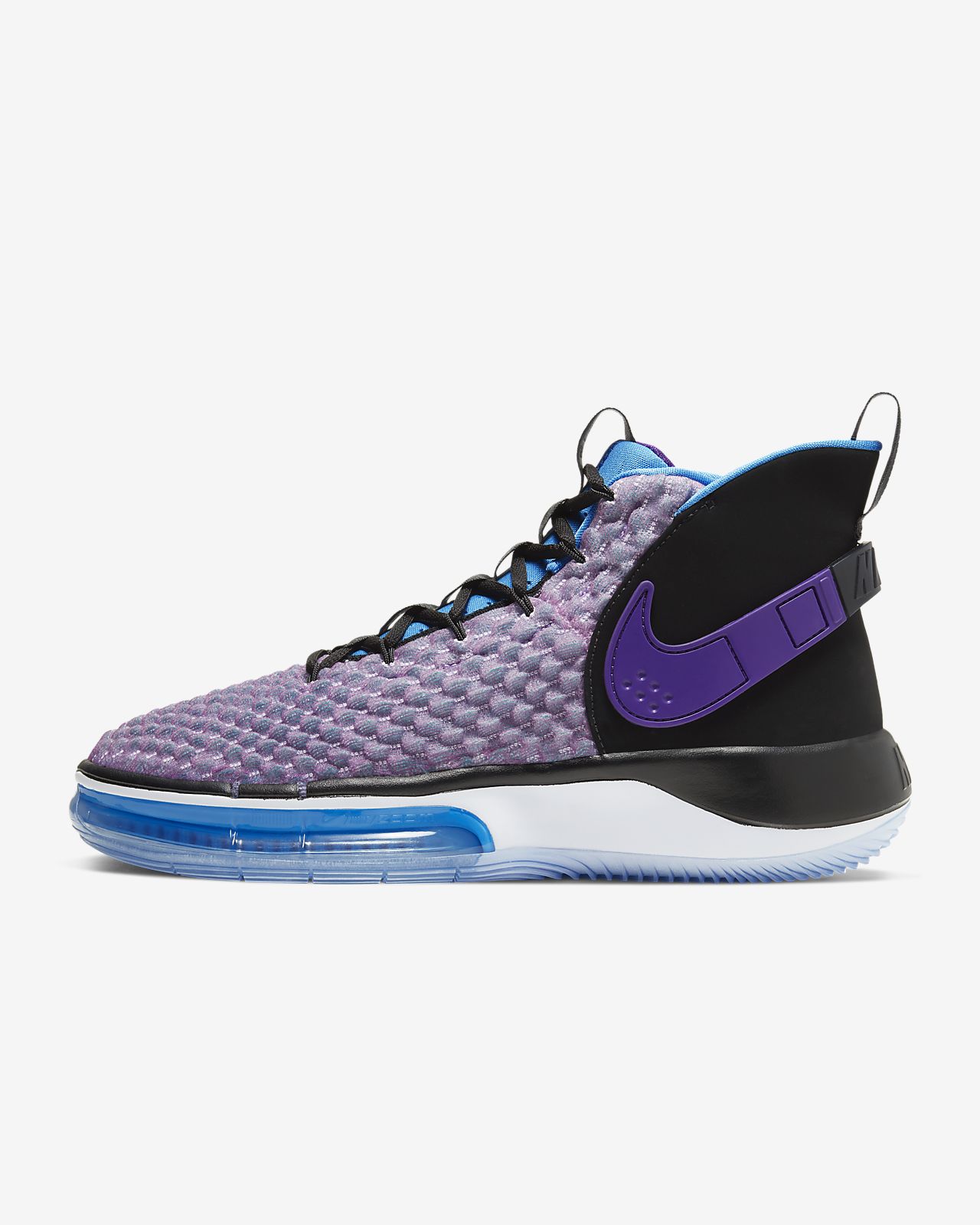



The importance of the characteristics of each component of the shoe should be assessed according to the player's playing needs, physical structure, and athletic capabilities. As the female foot is typically narrower than that of a male, wearing a shoe designed for the wider male foot may lead to a less-stable platform upon which to run, which in turn can contribute to decreased performance, ankle sprains, or other more serious leg injuries.Īs with any athletic shoe, the basketball shoe has four primary parts: the upper, the insert, the midsole, and the outsole. A smaller player will often seek a balance between those features, and a lighter, more flexibly constructed shoe that will give advantages in quick movements and acceleration.įor both safety and performance reasons, female basketball players should seek out a specific women's model rather than selecting a men's shoe for competitive play. Larger players, who are supporting a heavier frame, should wear a shoe that provides significant stability, ankle support, and cushioning to better protect this player when running and jumping. For these reasons, a basketball shoe must be constructed with the combined features of support, cushioning to absorb shock, flexibility, and stability.īoth the physical build of a player as well as the individual style of play will also bear upon the type of basketball shoe to be worn. The game places a premium on instant acceleration and deceleration, lateral movement, and jumping ability. From the one-model-fits-all era of the Converse All-Star "Chuck Taylor" Basketball shoes, where the only consumer choices were a high-cut or low-cut model, the modern basketball shoe is a high-tech enhancement of player performance, as well as a fashion accessory that has swept beyond basketball to penetrate the world at large.īasketball places significant and spontaneous forces upon the feet, ankles, and lowers legs of the participants, which their shoes must be able to both absorb and direct.


 0 kommentar(er)
0 kommentar(er)
